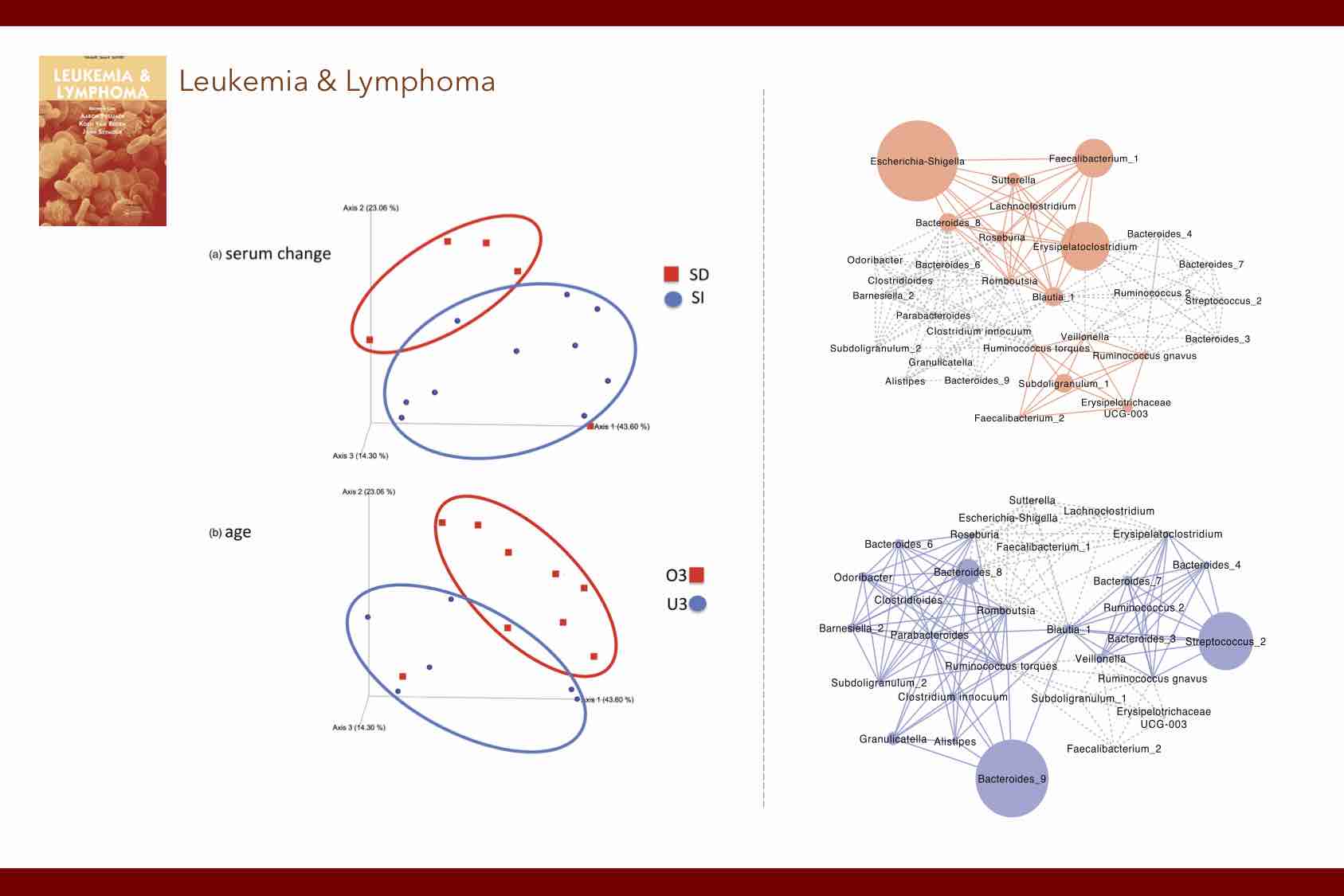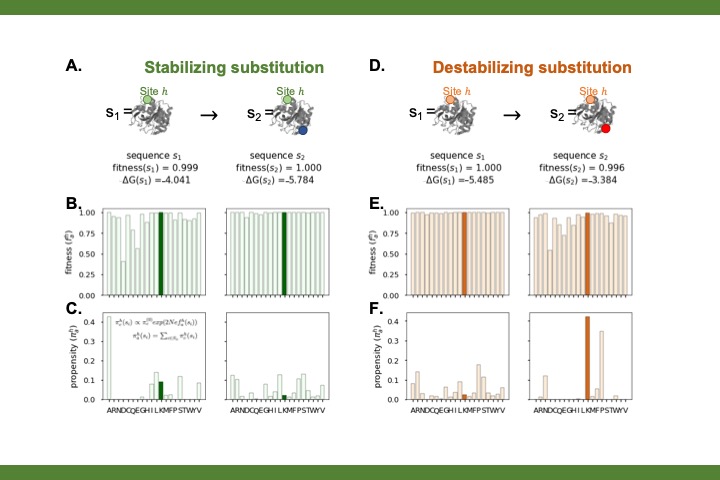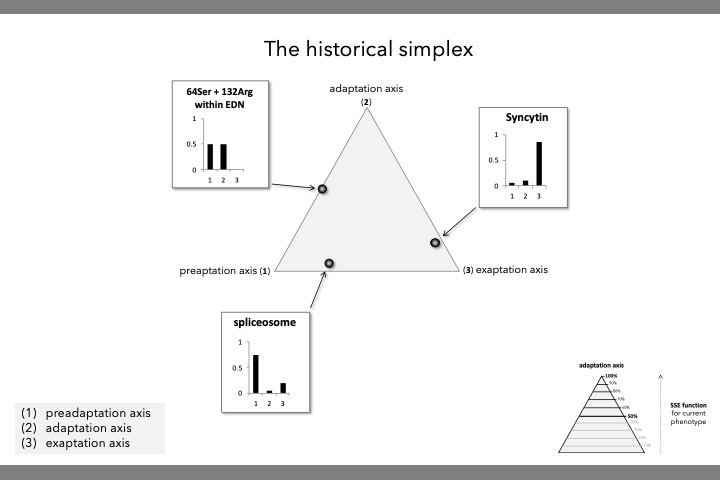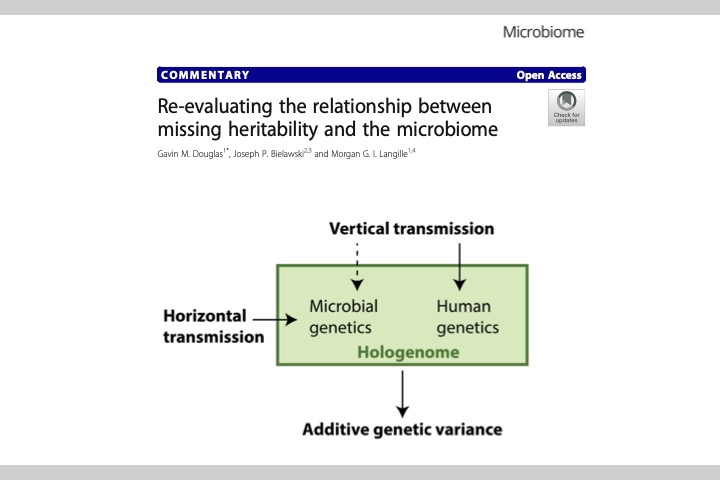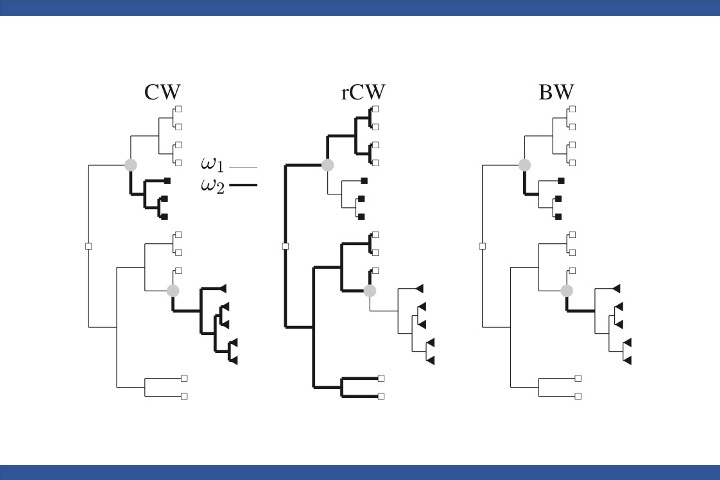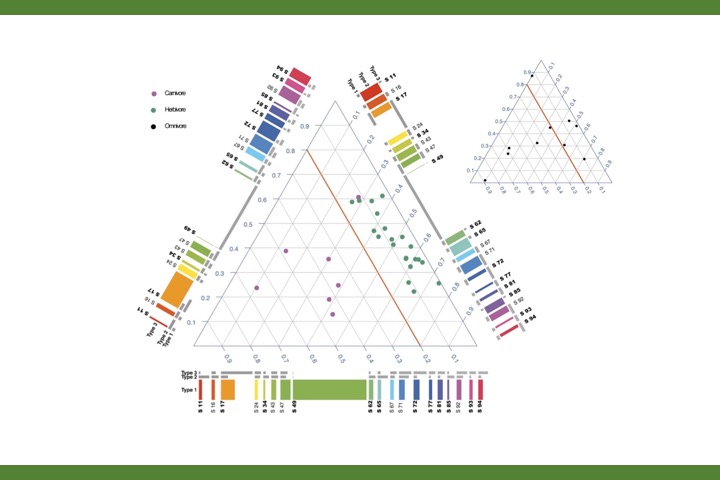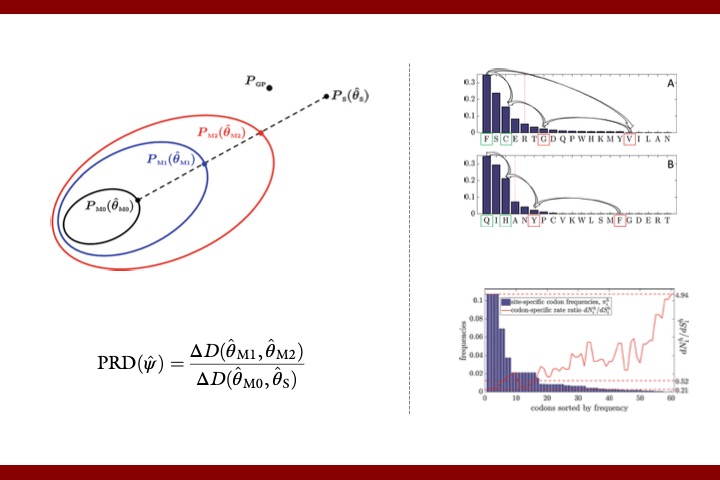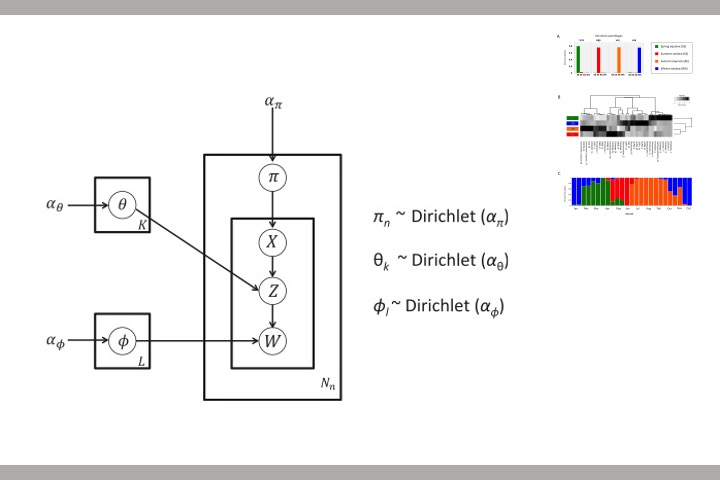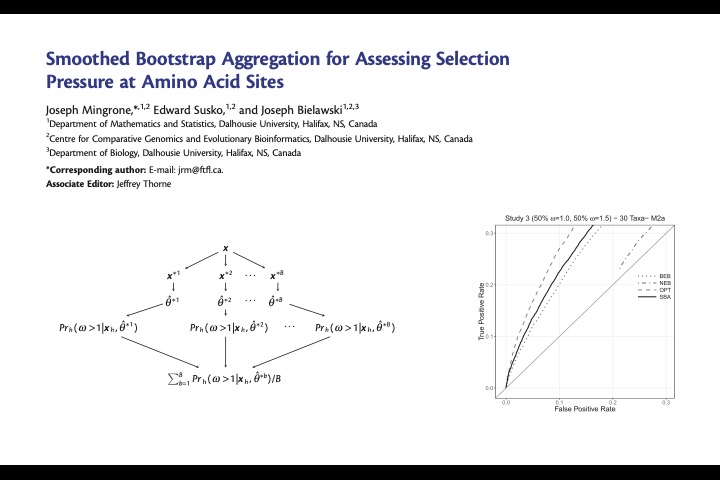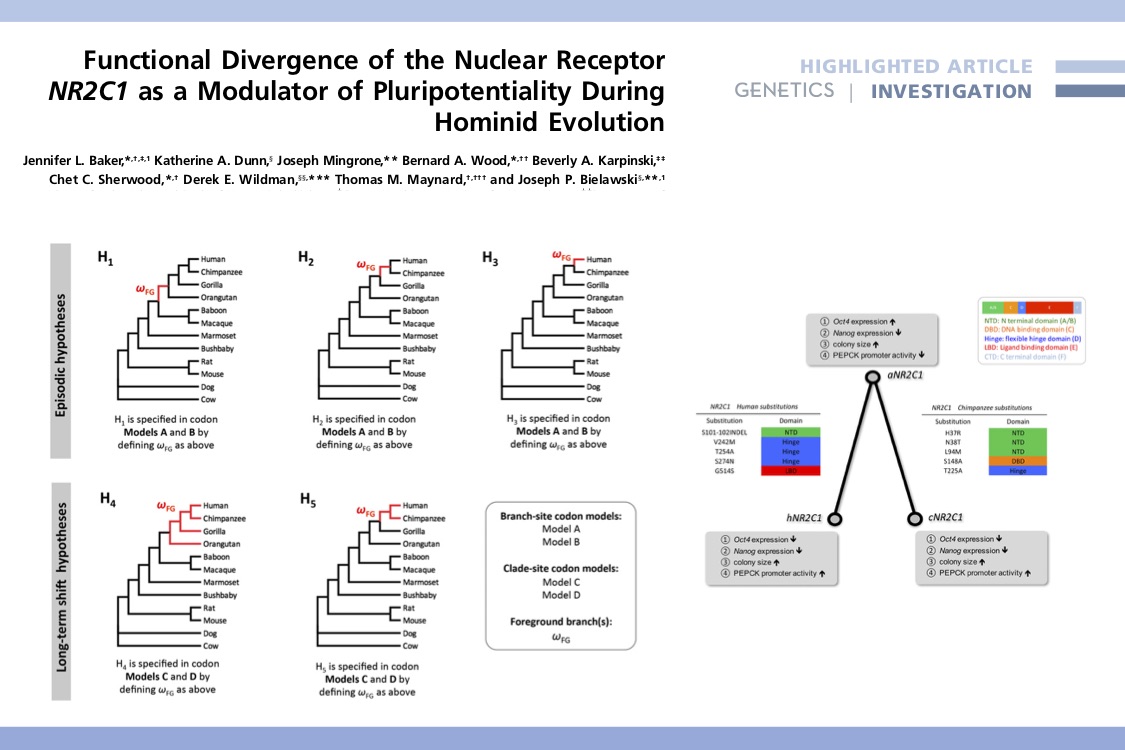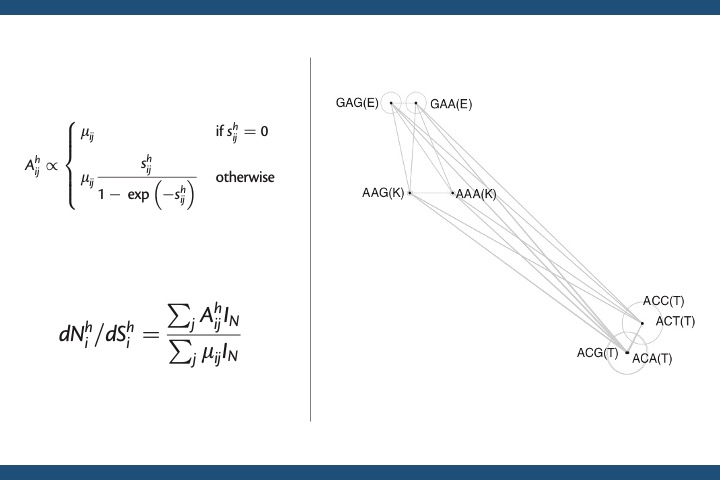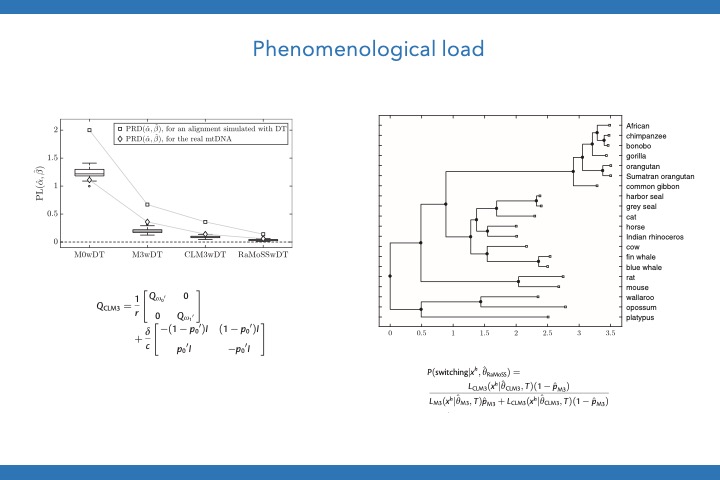A central principle of modern biology is
that complex biological systems have no external
designer. Only natural dynamics can explain the
emergence and organization of the biological complexity
that we see everywhere in nature. Such self-organized
complexity can be found at any scale, from molecular
cell-regulatory systems to diverse multi-species
communities. Indeed, many biologists believe that
biological systems are unique because they are
“intrinsically and irreducibly multiscale”.
Consider the complexity of a multi-species community; it
is a self-organizing system shaped by the combined
activities of its species, with the information required
for those activities stored at “lower levels” within
genes. Both species-level and community-level activities
can manifest external to them (e.g., changing the
ecosystem), and thereby influence either the community
dynamics or the evolution of individual species and
genes. Indeed, such multi-level biological causality
motivated the respected philosopher of science Evelyne
Fox Keller to question the way that biologists use the
concept of “the gene for...” to explain complex
phenotypes, and she called on them to adapt their
methods to explicitly address multi-scale systems.
Our research program is a response to Keller’s call from
the perspective of evolutionary biology.
The individual research activities of the
group are organized into two broad research programs,
which reflect different levels of biological complexity
and function. The first is focused on
functional diversity at the gene and genome level, and
the goal here is to study molecular evolutionary
processes in the context of explicit changes in organism
phenotype. The group is developing innovative modeling
frameworks for gene and genome data. The
second focuses on the diversity of complex
assemblages of species genomes ("metagenomes"), and the
goal here is to model the structure and function of
complex microbial communities (“microbiomes”). We
carry out empirical analysis of several real-world
systems: healthy and disease human phenotypes; marine
microbial systems in the Northwest Atlantic and the Gulf
of Aqaba in the Red Sea; toxic algal blooms in
freshwater systems. Both programs are
integrated within our work on theoretical
questions about the evolutionary dynamics of multilevel
selection and multi-species phenotypic adaptations.
See this site for more information about this research is contributing to "The Evolutionary Gaia Project": https://www.evolutionarygaia.org/

